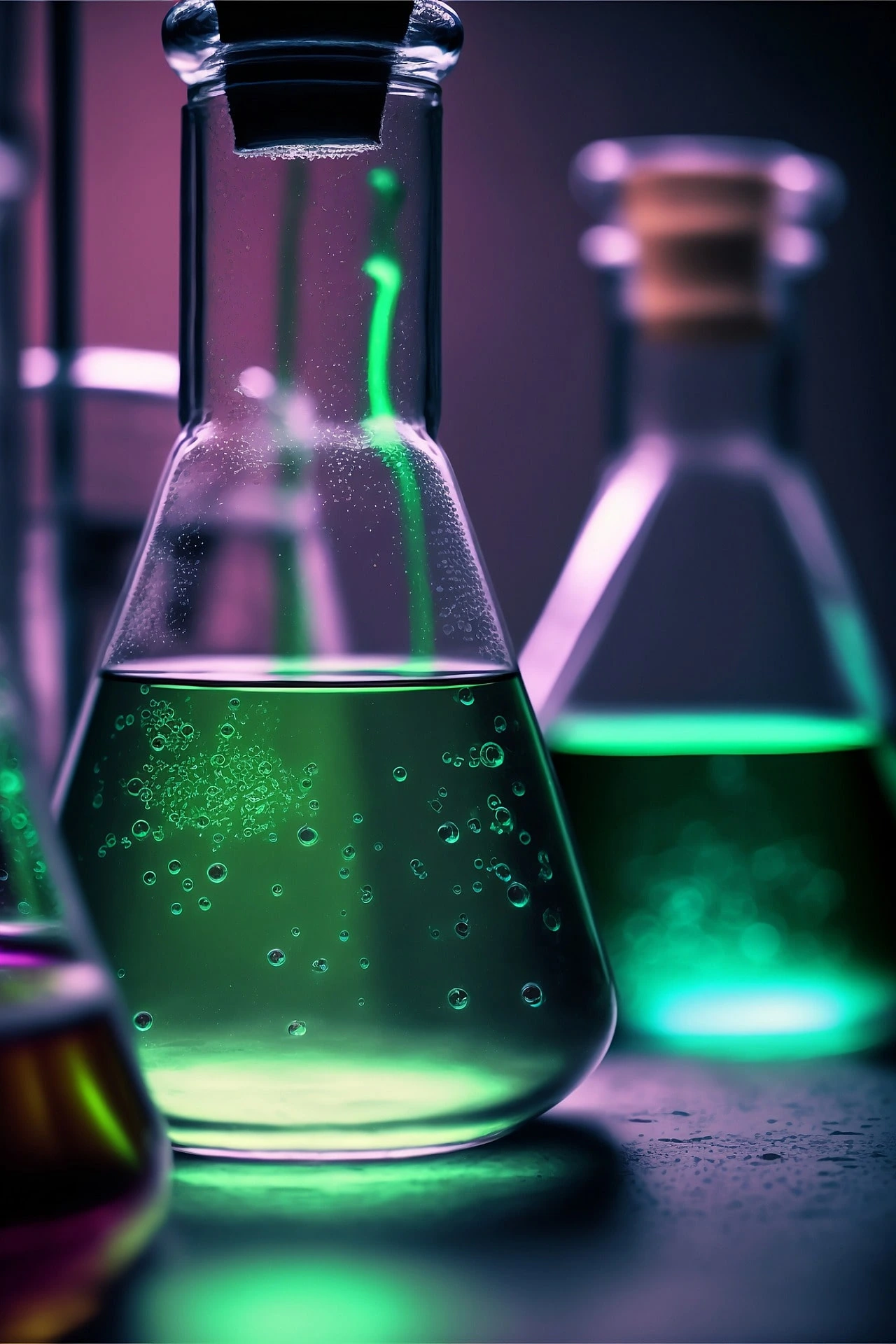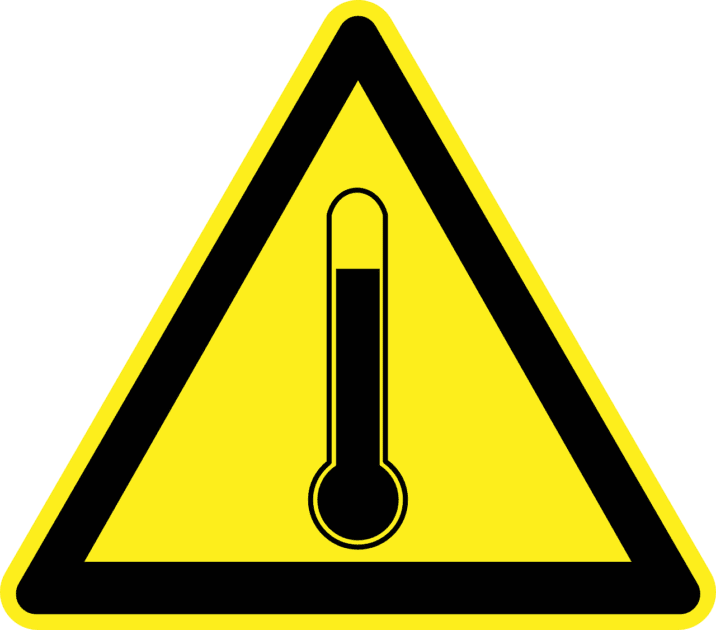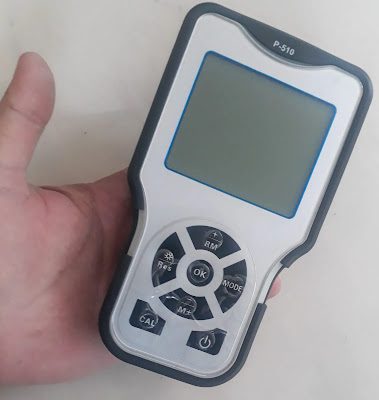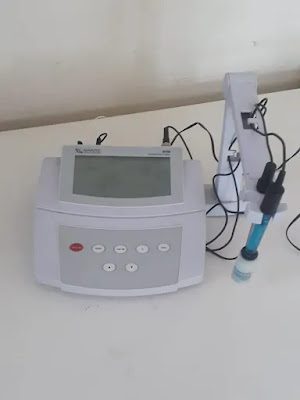In several scientific disciplines, including chemistry, biology, and environmental research, pH measurement is crucial. The temperature has a significant impact on how accurately the pH measurement is achieved. Our goal in developing this piece was to provide you a distinct & original viewpoint on how temperature and pH are related. By doing this, we enable you to produce accurate findings even under high temperatures. Let’s discuss how Temperature Influence on pH Measurement.

Understanding pH and the pH Scale
Before we discuss the fascinating effects of temperature, let’s recap the concept of pH and the fundamental ideas that underlie the pH scale. How alkaline or acidic a solution is can be determined using the pH scale, which ranges from 0 to 14. It is critical to comprehend how temperature influences pH measurement in this situation.

The Impact of Temperature on pH Measurement
Temperature plays a pivotal role in the accuracy and reliability of pH measurements. Understanding the influence of temperature is crucial for obtaining precise & trustworthy results. Let’s explore the ways in which temperature affects pH measurement:
1. Influence of Temperature on Water Ionization Dynamics
At varying temperatures, water molecules undergo distinct degrees of ionization, leading to alterations in the concentration of hydrogen ions (H+) & hydroxide ions (OH-). These alterations directly impact the pH of a solution. To achieve accurate pH measurements, it is essential to recognize the influence of temperature on water ionization dynamics.
2. Sensitivity of pH Electrodes and the Role of Temperature
pH electrodes, which typically consist of a glass membrane and respond to the concentration of hydrogen ions within a solution, are crucial to the accuracy of pH measurements. Temperature changes, however, can have a considerable impact on these electrodes’ sensitivity. Hence, calibrating the electrode at the desired measurement temperature becomes indispensable for acquiring accurate readings & understanding the influence of temperature on pH measurement.
3. The Intricacies of Chemical Equilibria and Temperature Effects
Numerous chemical reactions involve pH-dependent equilibria, which can be sensitive to temperature variations. Such fluctuations can disrupt the equilibrium, leading to modifications in the pH of the solution. Therefore, comprehending the specific equilibria at play in a given system & understanding the temperature effects is vital for precise pH measurements and exploring the influence of temperature on pH measurement.

Overcoming Temperature-Related Challenges in pH Measurement
To obtain trustworthy and dependable pH readings, it is imperative to address the challenges arising from temperature variations. By implementing the following strategies, you can mitigate the influence of temperature on pH measurement & achieve accurate results:
1. Harnessing Temperature Compensation Techniques
Modern pH meters often incorporate temperature compensation features. These intelligent mechanisms automatically adjust the pH reading based on the measured temperature, providing accurate & reliable results. By leveraging temperature compensation techniques, you can account for the influence of temperature on pH measurement & improve the precision of your readings.
2. Importance of Standardization and Calibration under Varying Temperatures
Regular standardization and calibration of pH meters and electrodes are crucial for maintaining accuracy, particularly when dealing with temperature variations. It is essential to prepare & utilize calibration solutions specifically tailored to the desired measurement temperature. By adhering to these practices, you can effectively counteract the influence of temperature on pH measurement & ensure reliable results.
3. Embracing Temperature Control Strategies
Whenever feasible, maintaining a constant and stable temperature throughout the pH measurement process is ideal. Employing temperature-controlled chambers, water baths, or other specialized equipment can help achieve the desired temperature conditions. By minimizing temperature variations, you can mitigate the influence of temperature on pH measurement & enhance the accuracy of your results.

Concluding Thoughts
The Temperature Influence on pH Measurement is profound, and it is essential to grasp this relationship in order to achieve accurate and dependable results. By exploring the dynamics of water ionization, electrode sensitivity, and chemical equilibria, we can uncover the complexities of how temperature affects pH measurement. Through the implementation of temperature compensation techniques, standardization & calibration practices, and temperature control strategies, you can navigate the challenges posed by temperature variations and achieve accurate pH measurements.

Armed with this comprehensive understanding, you possess the knowledge to make informed decisions and derive dependable conclusions from your pH measurement experiments and analyses while considering the impact of temperature. By implementing the strategies elucidated in this post, you enhance the accuracy & reliability of your pH measurements, thereby contributing to the progress of scientific knowledge.
To Read More About: How Does Temperature Affect pH?

FAQs
Q1: What’s the pH scale & why is it important in science?
A: The pH scale helps measure how acidic or basic a liquid is. It is essential in scientific fields like chemistry, biology, and environmental studies. By using numbers from 0 to 14, the pH scale provides a common language to understand and compare the chemical properties of substances. This helps scientists make accurate comparisons, interpret data correctly, and advance scientific knowledge in various areas of research.
Q2: How does temperature affect pH measurement?
A: The measurement of pH is significantly influenced by temperature. The concentration of hydrogen ions (H+) & hydroxide ions (OH-) depends on temperature, which also affects how water molecules ionise. These modifications have a direct impact on a solution’s pH. Therefore, taking temperature into account is essential for obtaining precise pH readings.
Q3: What role do pH electrodes play in pH measurement, and how does temperature affect them?
A: As they react to the concentration of hydrogen ions in a solution, glass membrane-based pH electrodes are essential for measuring pH. The sensitivity of these electrodes can be considerably impacted by temperature fluctuations. In order to achieve accurate data and comprehend how temperature affects pH measurement, calibrating the electrode at the intended measurement temperature is essential.
Q4: How do temperature variations affect chemical equilibria and subsequently influence pH measurements?
A: Temperature changes may cause the pH of the solution to change, upsetting the delicate equilibrium of the pH-dependent chemical reactions. This phenomena results from the extraordinary temperature sensitivity of many chemical processes. The equilibrium can be significantly impacted by even little temperature fluctuations, which can result in clear changes in the pH values of the solution. For reliable pH readings and an understanding of how temperature affects a system’s equilibria, it is essential to understand these impacts.
Q5: What strategies can be employed to overcome temperature-related challenges in pH measurement?
A: To achieve reliable pH readings, several strategies can mitigate the influence of temperature
Harnessing temperature compensation techniques found in modern pH meters automatically adjust pH readings based on the measured temperature.
Regular standardization and calibration of pH meters and electrodes, particularly tailored to the desired measurement temperature.
Embracing temperature control strategies, such as using temperature-controlled chambers or water baths, to maintain a constant and stable temperature during the pH measurement process.
Q6: How can accurate pH measurements be obtained despite temperature variations?
A: By implementing temperature compensation techniques, adhering to standardization and calibration practices specific to the measurement temperature, and employing temperature control strategies, the influence of temperature on pH measurement can be mitigated. These measures improve the accuracy of pH results, allowing for informed decisions and reliable conclusions in scientific experiments and analyses.
Q7: Why is it important to understand the relationship between temperature and pH measurement?
A: Understanding the relationship between temperature and pH measurement is essential because it enables researchers to obtain precise and reliable results. By considering the influence of temperature on pH, scientists can account for potential variations and ensure accurate interpretations of their experiments. This understanding contributes to the advancement of scientific knowledge in various disciplines.

